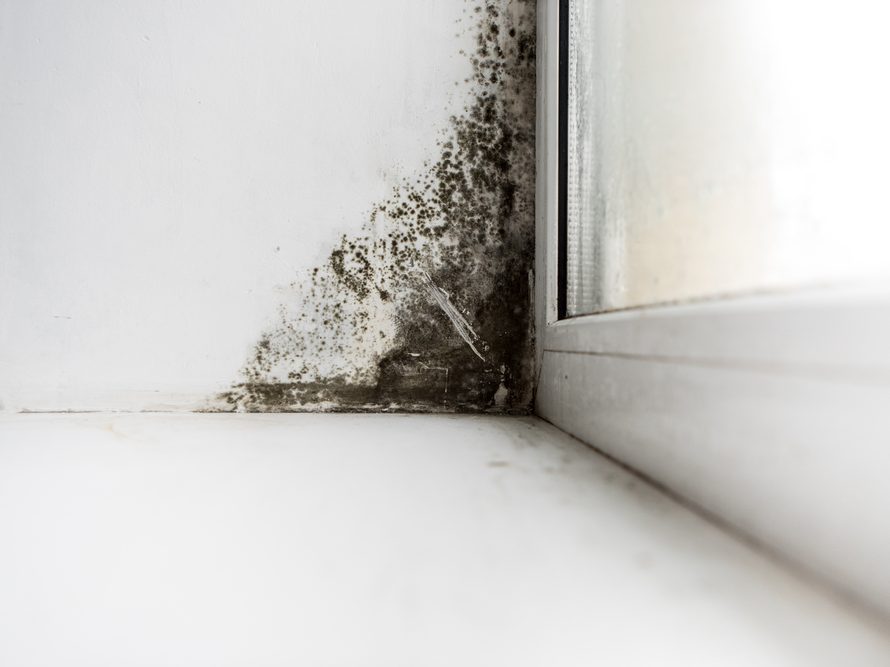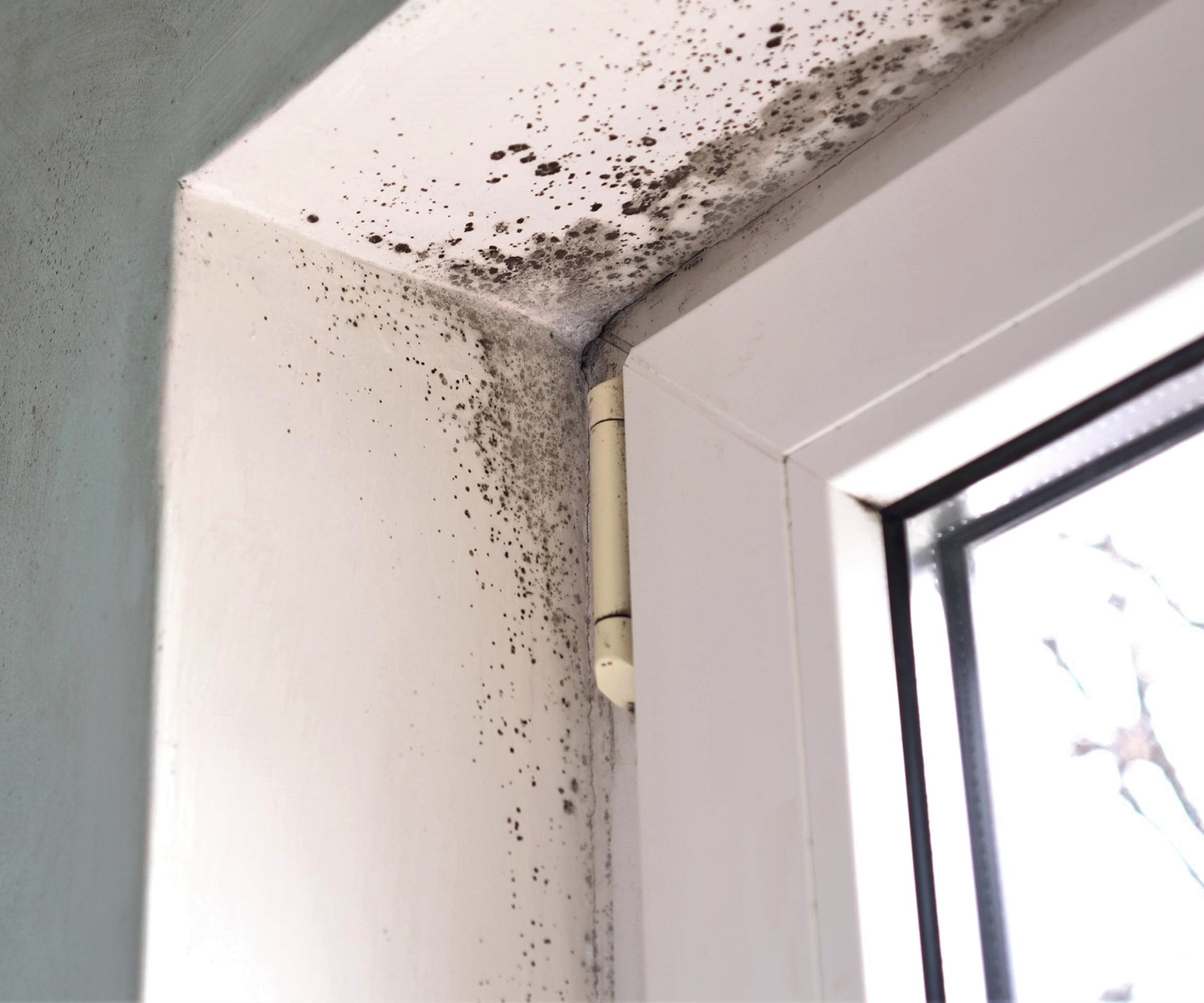Testing Air Quality After Mold Remediation
Your Ultimate Overview to Blog Post Mold Removal Techniques
Navigating the world of post-mold remediation strategies is a thorough process that requires interest to detail and a thorough understanding of the intricacies entailed. In the after-effects of mold and mildew problem, understanding exactly how to effectively eliminate the mold and prevent its reoccurrence is extremely important for preserving a healthy indoor environment. From choosing the best cleansing and disinfecting methods to carrying out techniques for lasting mold and mildew prevention, each step in the removal journey plays a critical duty in making certain a successful end result. As we begin on this exploration of post-mold removal techniques, we will certainly uncover the vital strategies and best methods that can aid you recover your area to its pre-mold condition and secure it against future mold and mildew risks.
Recognizing Post-Mold Remediation Refine
After completing the mold and mildew remediation procedure, it is important to recognize the post-mold removal strategies that are required to guarantee a comprehensive and efficient clean-up. Once the mold has been removed, the following action entails cleansing and sanitizing the impacted areas to prevent any regrowth of mold and mildew. This consists of using specialized cleaning up representatives to wipe down surface areas and eliminate any type of remaining mold spores. It is important to dry out the location entirely to discourage the development of mold in the future (what to do after mold remediation). Correct air flow and dehumidification can help in this process.
In addition, conducting a final assessment post-remediation is crucial to make sure that all mold has been effectively removed. If the assessment exposes any type of sticking around mold and mildew, additional remediation might be required.
Effective Cleansing and Decontaminating Techniques

Preventing Future Mold And Mildew Development

Value of Proper Air Flow
Appropriate air flow plays an essential function in stopping wetness buildup, a visit site crucial consider mold and mildew development within interior environments. Reliable ventilation systems aid get rid of excess moisture from the air, minimizing the chances of mold spores locating the wetness they need to germinate and spread. Without ample ventilation, indoor spaces can end up hop over to these guys being a breeding place for mold and mildew, resulting in prospective health risks and architectural damages.
By guaranteeing correct air circulation, air flow systems can likewise aid in drying out wet areas faster after water damages or flooding cases, even more deterring mold development. Post Remediation verification. Precede like shower rooms, attics, basements, and kitchen areas where wetness levels often tend to be higher, setting up and preserving reliable ventilation systems is important in protecting against mold and mildew problems

Monitoring and Upkeep Tips
Offered the essential function that appropriate air flow plays in protecting against mold and mildew development, it is necessary to establish effective monitoring and maintenance tips to guarantee the continued performance of air flow systems. Tracking humidity levels within the home is likewise critical, as high moisture can add to mold growth. By staying proactive and mindful to the condition of air flow systems, residential or commercial property owners can effectively mitigate the threat of mold and mildew Source regrowth and preserve a healthy indoor environment.
Verdict
To conclude, post-mold removal techniques are important for guaranteeing a secure and clean environment. Recognizing the procedure, carrying out effective cleansing and sanitizing methods, preventing future mold and mildew development, preserving correct air flow, and normal tracking are all important action in the removal process. By following these standards, you can effectively get rid of mold and mildew and stop its return, working or advertising a healthy living room for all occupants.
In the results of mold problem, knowing exactly how to effectively remove the mold and mildew and avoid its reoccurrence is paramount for preserving a healthy indoor setting. When the mold and mildew has been gotten rid of, the next step entails cleaning and disinfecting the impacted locations to prevent any type of regrowth of mold and mildew - what to do after mold remediation. After eliminating noticeable mold and mildew development, it is essential to cleanse all surfaces in the afflicted location to remove any remaining mold and mildew spores. To further improve mold and mildew avoidance actions, it is vital to deal with underlying problems that originally led to mold and mildew development.Given the vital role that appropriate ventilation plays in protecting against mold and mildew development, it is vital to develop effective tracking and maintenance suggestions to make sure the ongoing capability of air flow systems